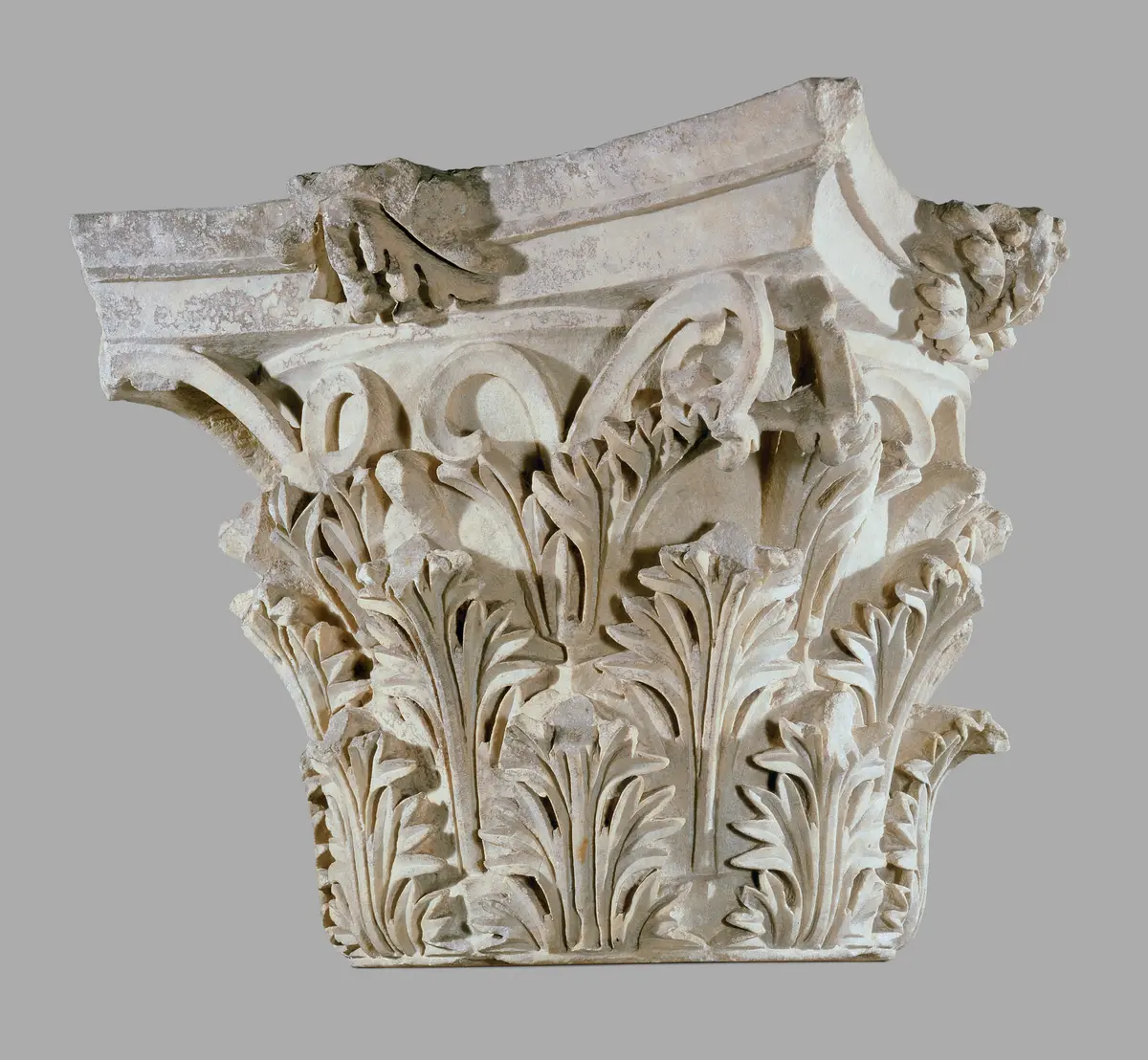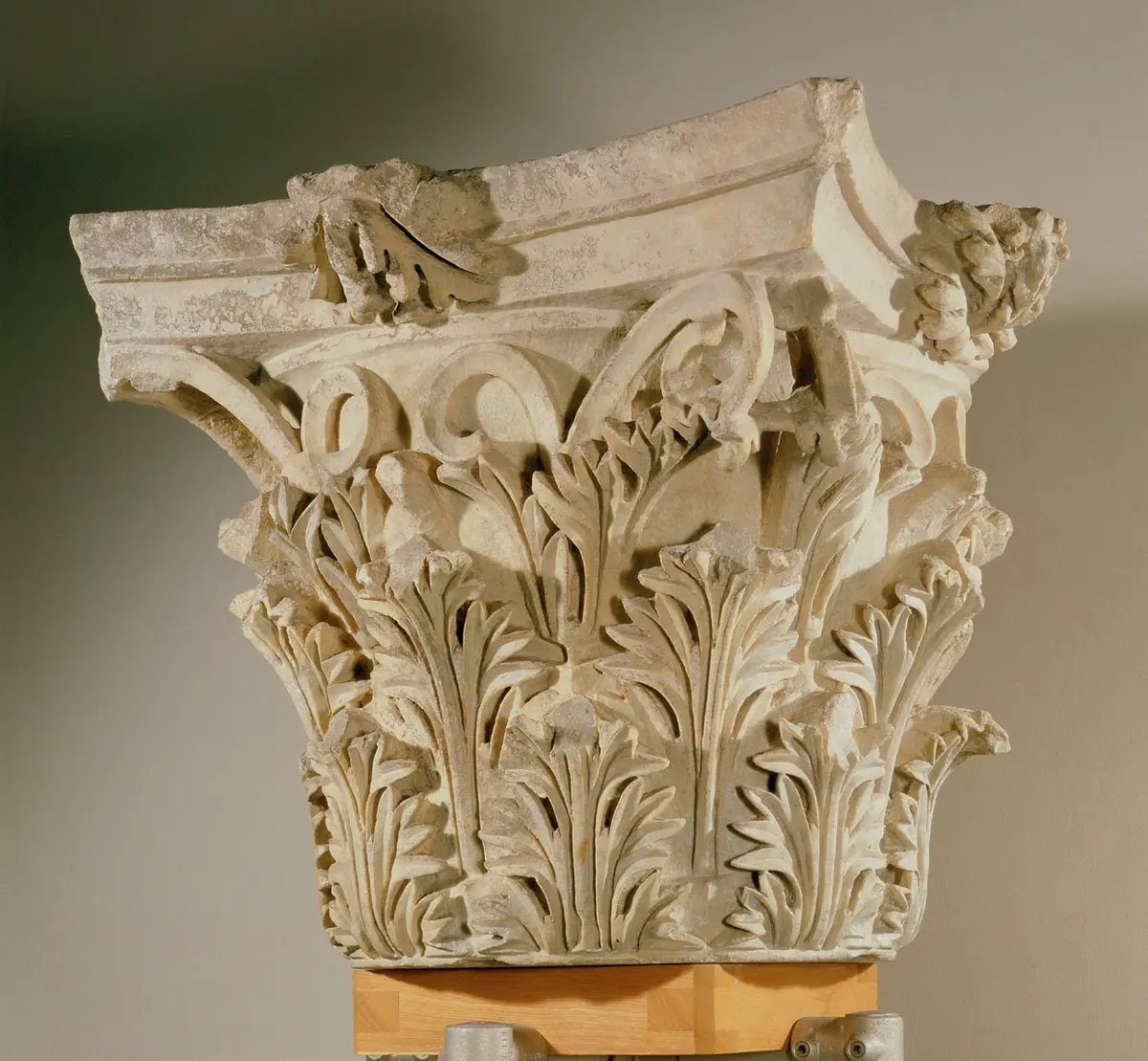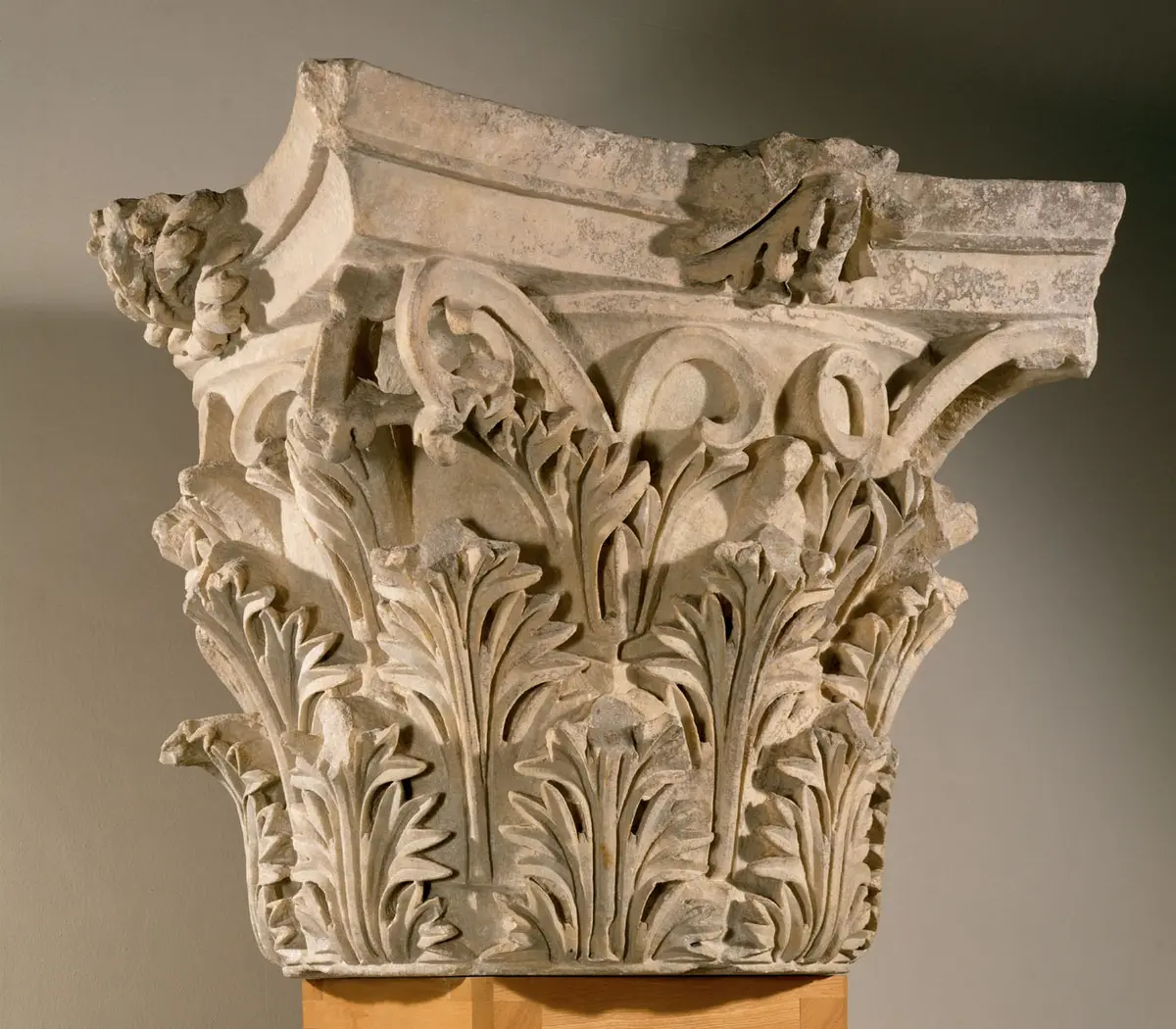Time:
Ende 1. Jh. n. Chr.
Culture:
Römisch
Location of discovery:
Ephesos Hafengymnasium Marmorsaal (Selçuk, Kleinasien, Türkei)
Material/technology:
Marmor
Dimensions:
H. 68 cm, Dm. 50 cm
Copyright:
Kunsthistorisches Museum Wien, Antikensammlung
Invs.:
Antikensammlung, I 840
Provenance:
Sultan, Abdul, Hamid, II.; Österreichische Ausgrabungen in Ephesos; Geschenk an Kaiser Franz Joseph; 1911 nachträglich inventarisiert


